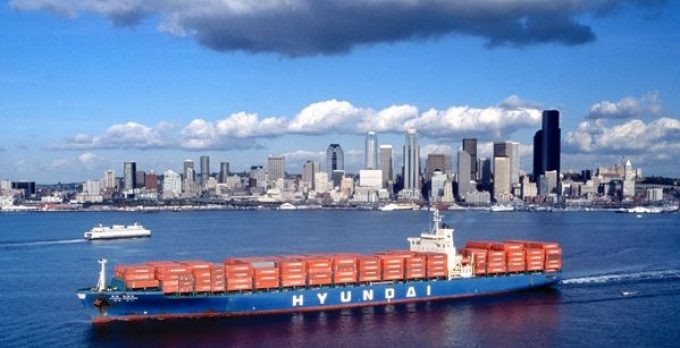China-US trade tariff pause could drive a rebound for transpacific rates
After the US and Chinese governments agreed to slash reciprocal tariffs, shipping lines are expecting ...

South Korea’s flagship carrier, HMM, plans to install onboard carbon capture and storage (OCCS) systems on ships too young to be scrapped and not practical to convert to run on methanol or LNG.
At a recent seminar on eco-friendly shipping, HMM director ...

Comment on this article